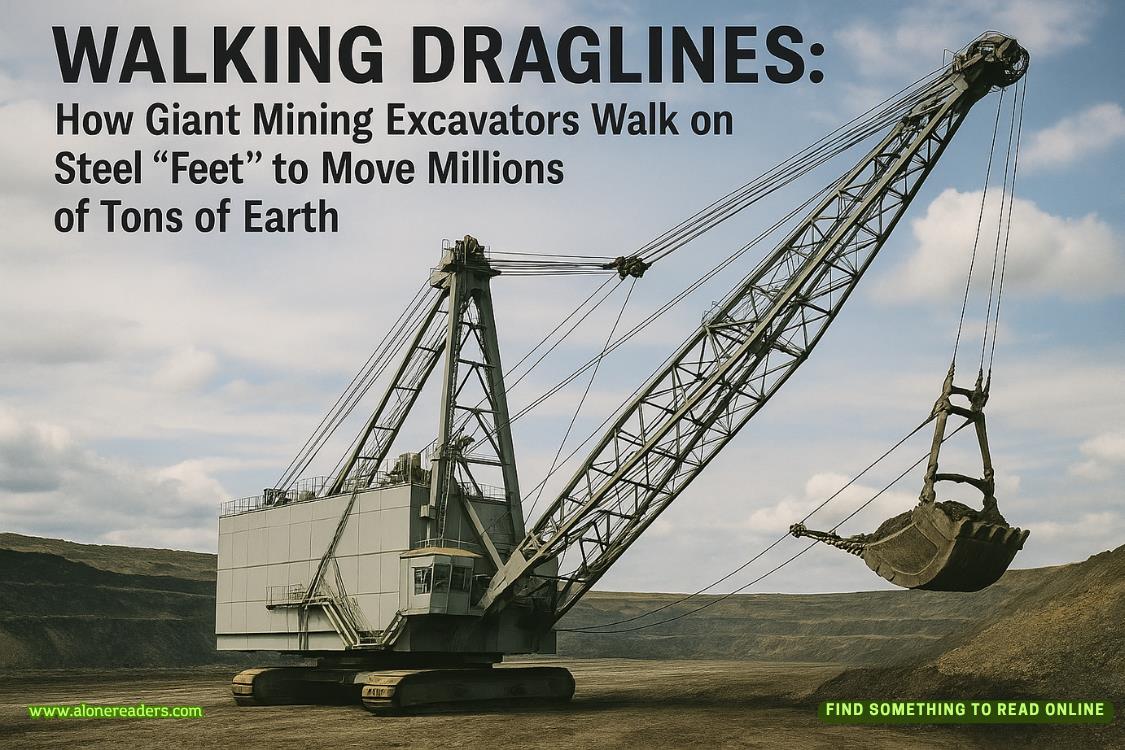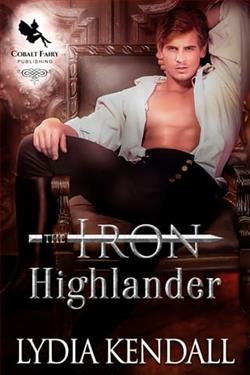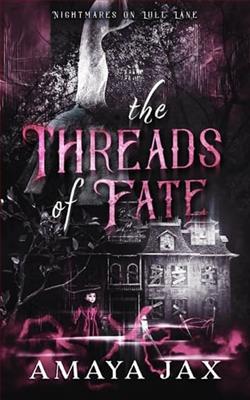Page 32 of The Happy Month
Karen seemed to read my mind, saying, “Don’t worry. I’m not giving you the nuclear codes. Get me a coffee and I’ll probably have something by the time you get back. Two creamers, three sugars.” She held out her coffee cup.
When I got back just a few minutes later, her printer was running.
“What did you find?” I asked.
“An obituary in theL.A. Timesand a short item in theHollywood Reporterabout his papers being donated to the Margaret Herrick Library.”
“What kind of papers?”
“Read the obituary,” she said, handing it to me.
The headline read “Oscar-nominated art director dies at 66.”
“Ivan Melchor, one of Hollywood’s most prolific set designers, has passed away after a short illness at his Holmby Hills home, his agent reports.
“Melchor was long under contract to Monumental Pictures, an association which benefited both parties greatly. Receiving eighteen Academy Award nominations over a twenty-six-year period, Melchor is credited with the Monumental ‘look’ when it came to musicals, one of the most famous beingThe Girl From Albany. He’s been quoted as calling his style, ‘Reality-plus.’ He said, ‘Everything should look realistic but also be so much more than real. My designs are more about what life could be rather than what it is.’
“Showing artistic talent from a young age, Melchor was forced to leave school and worked his way up from stagehand to set dresser to set designer beginning inthe days of silent pictures. Some of his most memorable films areO’Bannion’s Bluff,A Rose for Harrietand all of theScampdetective films.
“Though occasionally linked to Hollywood starlets, Melchor was a lifelong bachelor. In an interview just months before he died, he’s quoted as saying, ‘My work has been more than enough for me. Work and friends. No one needs more than that.’ Services are private.”
I finished reading then glanced at the brief notice about his papers. I asked, “What do you think this guy’s papers would consist of?”
“Drawings, blueprints, sketch pads, business correspondence, diaries.”
“Diaries,” I couldn’t help saying. That’s what I wanted. I wanted this guy’s diaries. “Where is this place?”
“The Margaret Herrick Library is in Beverly Hills. Are you going now?”
“No.”
“I’ll give you the street address later.”
“Speaking of later. I have a list of names, people from this book. Most of them are probably dead. I don’t have time to talk to them until Tuesday. I wouldn’t need the list back until Tuesday morning.”
She looked at me skeptically, then said, “All right. Get the list.”
I went back to my makeshift desk and grabbed the piece of paper on which I’d written down the names of Vera’s friends and detective who’d worked her case. I was only about a third of the way through the book, so I knew I was taking a chance. I’d peeked ahead to the next chapter and the one after—good old Wallace was going through the suspects one by one. Of course, the most likely suspect wasgoing to be at the end of the book. Putting them in any earlier just didn’t make sense.
I brought my list out to Karen. There were only eight names. She looked at me and said, “Tuesday.”
“Yes.”
“Okay,” she said, as she set the list aside. Then she picked up a copy ofPeople Magazine. Will Smith was on the cover. She saw me looking at the magazine and said, “What?”
“Nothing.”
I scurried to the back. I was trying to decide if I wanted to read more ofCanyon Girlor just make a list of all the things I had to do. Before I could decide the phone rang. Karen picked it up and then a moment later called out, “It’s for you!”
I pressed the blinking plastic square on my phone, and said, “Hello, this is Dom Reilly.”
“This is Sharon Hawley. You wanted to talk to me?”
“I work at The Freedom Agenda?—”
“The what?”
“We attempt to free people who were unjustly convicted.”















